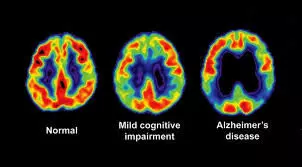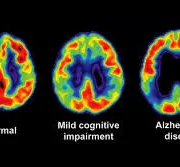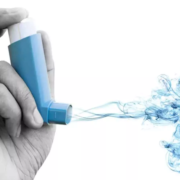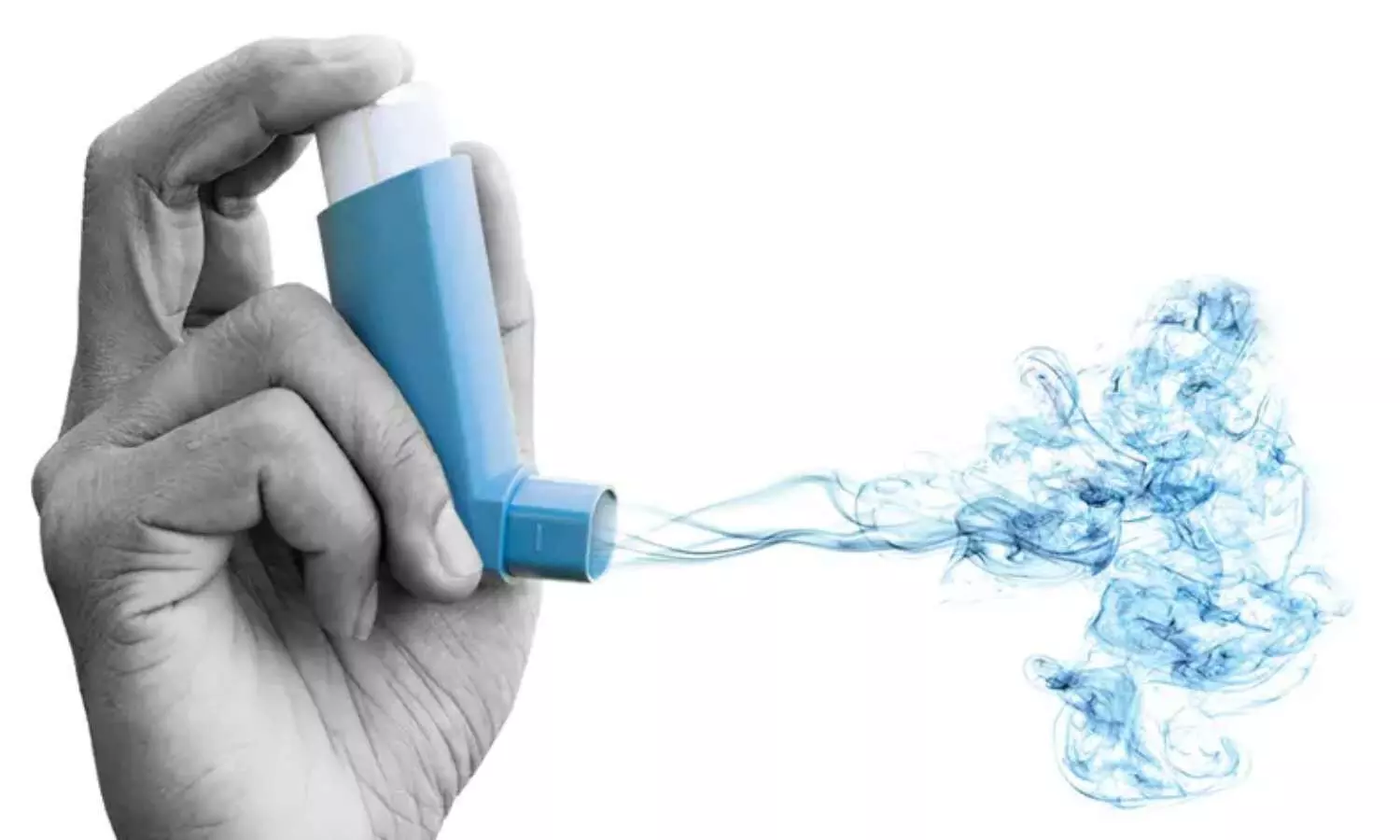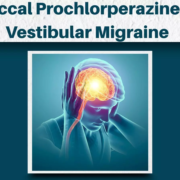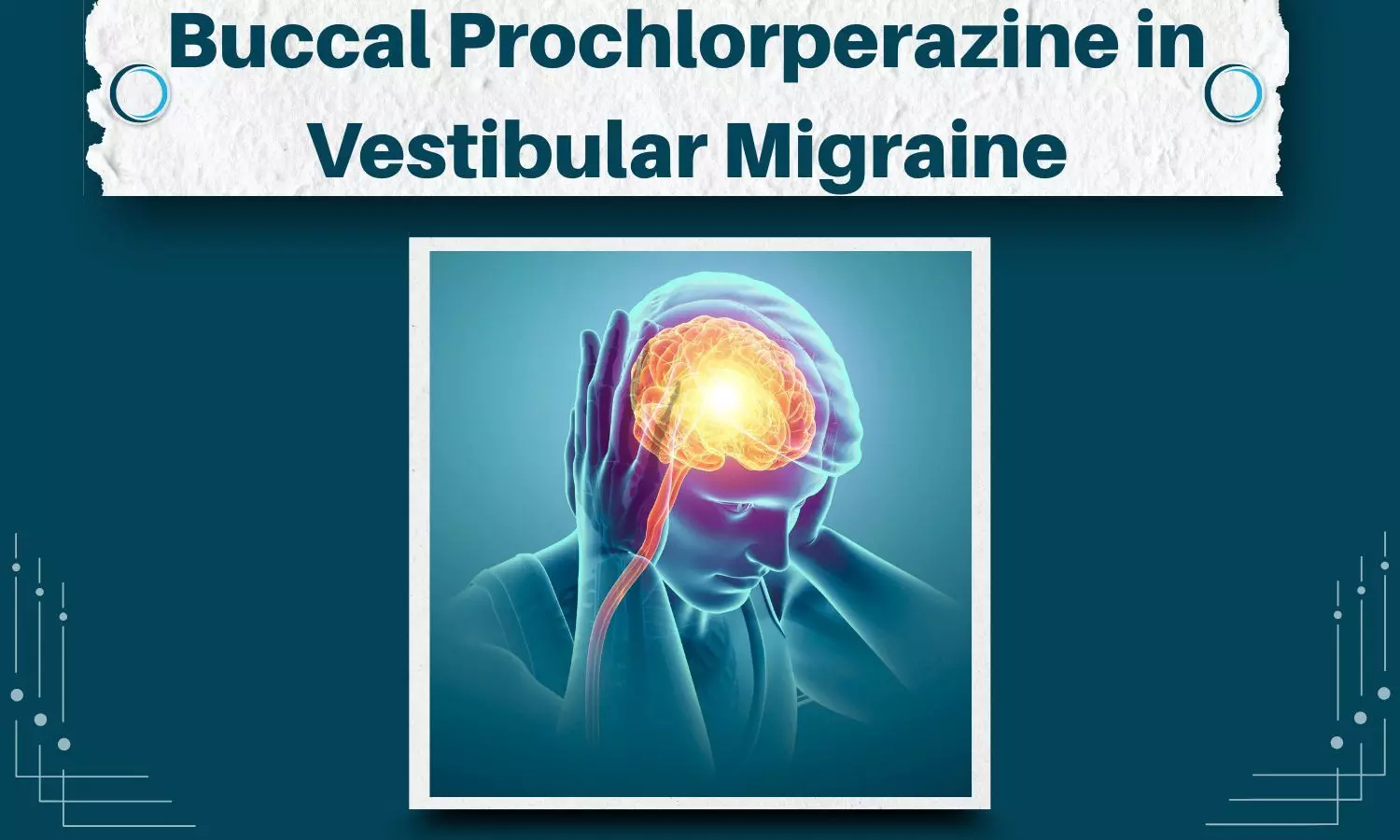
Vestibular migraine is a leading cause of recurrent spontaneous vertigo, affecting an estimated 1–2.7% of the global population. In India, it remains significantly underdiagnosed, often misattributed to benign paroxysmal positional vertigo (BPPV), Meniere’s disease, or psychogenic dizziness.(1) Recent studies from India reported that up to 30% of patients with recurrent vertigo symptoms may be suffering from vestibular migraine.(2)
Vestibular Migraine: Diagnostic Dilemma
An Indian study including recurrent vertigo patients (n=110) highlighted the diagnostic challenge of overlapping symptoms and inconclusive test findings, such as frequently exhibited post-ictal squinting, low-velocity nystagmus with normal vestibulo-ocular and audiometric findings, emphasizing that vestibular migraine may present with measurable oculomotor disturbances even when standard vestibular testing appears unremarkable.(3)
Vestibular migraine involves complex neurovascular and sensory integration mechanisms, including cortical spreading depression, trigeminovascular activation, altered ion channel dynamics,(4) and vestibular hyperexcitability.(5) Common vestibular migraine triggers—especially relevant in Indian populations—include psychological stress, fasting, sleep disturbances, irregular routines, sedentary lifestyle, and increased screen time.(2)
Vestibular Migraine: How Does It Differ from Other Common Types of Peripheral Vertigo?(6)
Vestibular migraine is marked by recurrent vertigo episodes—spontaneous, positional, or visually/motion-induced—lasting 5 to 72 hours with moderate to severe intensity. These episodes are frequently accompanied by nausea, vomiting, unsteadiness, prostration, and a heightened susceptibility to motion sickness.
Unlike BPPV, which causes brief positional vertigo, vestibular migraine episodes are longer and often present with bilateral low-velocity nystagmus. In contrast to Meniere’s disease, vestibular migraine typically lacks progressive or profound hearing loss and tinnitus.
Per the International Classification of Headache Disorders, 3rd edition (ICHD-3), diagnosis requires at least five episodes of vestibular symptoms (spontaneous, positional, visually- or motion-induced vertigo or dizziness with nausea) and a history of migraine, with or without aura. Additionally, at least 50% of vertigo episodes must be associated with migraine features, such as headache, photophobia, phonophobia, visual aura, and other vestibular disorders must be excluded.
Vestibular Migraine-Treatment Overview: Management of vestibular migraine includes acute agents such as triptans, NSAIDs, and vestibular suppressants. Prochlorperazine is commonly used in acute settings due to its dopamine D2 receptor antagonism, which modulates central vestibular pathways and helps relieve vertigo, headache, and associated nausea.(2)
Prophylactic options include propranolol, flunarizine, amitriptyline, and topiramate, selected based on comorbid profiles. Prochlorperazine remains a clinically valuable option for vestibular-dominant episodes, particularly when motion sensitivity or gastrointestinal symptoms are prominent.(7)
Novel Buccal Prochlorperazine: Emerging Option & Clinical Evidence Recent pharmacokinetic and clinical studies have highlighted the promise of buccal prochlorperazine, particularly in the 3 mg range, as a rapid-acting and well-tolerated alternative to conventional oral or parenteral formulations for the acute management of migraine-associated vertigo and nausea, core symptoms also encountered in vestibular migraine.(8,9)
Buccal Formulation of Prochlorperazine – Pharmacokinetic Edge: A buccal formulation of prochlorperazine (3–6 mg) has demonstrated significantly enhanced systemic bioavailability and reduced interindividual variability compared to the 5 mg oral tablet. In a randomized crossover pharmacokinetic study (Finn et al), the 6 mg buccal tablet showed 2.5-fold greater systemic exposure (AUC₀–∞) and a Cmax nearly twice that of the 5 mg oral tablet, with less than half the variability. Importantly, the relative bioavailability of the buccal route was reported at 241.7%, reflecting a substantial bypass of hepatic first-pass metabolism.(8)
Buccal Formulation of Prochlorperazine Benefits at One Hour in Acute Migraine: In a double-blind, placebo-controlled crossover study involving 45 participants (114 migraine episodes), 3 mg buccal prochlorperazine was compared with oral ergotamine (1 mg) + caffeine (100 mg) and placebo. At 2 hours post-administration, 59.46% of episodes treated with buccal prochlorperazine reported complete symptom relief versus 21.74% to 28.57% in the comparator arms [p≤ 0.05].(7) Onset of relief was observed as early as 15 to 60 minutes, as supported by another clinical evaluation.(10) Additionally, onset of relief was observed as early as 60 minutes in over half of the buccal prochlorperazine group (51.39%, P ≤ 0.001), with concurrent improvement in associated symptoms such as nausea, photophobia, and phonophobia.(7)
Buccal Formulation of Prochlorperazine – Acceptable Safety Profile: The buccal formulation was well tolerated across studies. In a general practice study on dizziness (Ward et al), 3 mg buccal prochlorperazine was favored over the 5 mg oral tablet for tolerability, with fewer sedative side effects and better overall acceptance by patients.(11)
Take Home Messages
- Vestibular migraine is often underdiagnosed in India due to symptom overlap with BPPV and Meniere’s disease.
- Diagnosis of vestibular migraine depends on a history of migraine and recurring vertigo with associated migraine features like headache or photophobia.
- Buccal prochlorperazine 3 mg demonstrates a rapid onset of action as early as 15 to 60 minutes, superior systemic bioavailability, and improved tolerability compared to the oral tablet formulation.
- Buccal prochlorperazine is particularly advantageous during acute vestibular migraine episodes complicated by gastric dysmotility and associated symptoms such as nausea, photophobia, and phonophobia.
References
1. Ilambarathi, M., A. Yeolekar, D. Roy, S. Saxena, and S. Kumar. “A Prospective, Multicenter Study to Evaluate the Effectiveness and Safety of Prochlorperazine in Patients Suffering from Vestibular Migraine”. International Journal of Otorhinolaryngology and Head and Neck Surgery, vol. 10, no. 3, Apr. 2024, pp. 258-64, doi:10.18203/issn.2454-5929.ijohns20240950.
2. M., I., A. Bijlani, and D. Roy. “Vestibular Migraine and Its Management in Indian Clinical Setting: A Narrative Review”. International Journal of Otorhinolaryngology and Head and Neck Surgery, vol. 9, no. 12, Nov. 2023, pp. 1003-10, doi:10.18203/issn.2454-5929.ijohns20233517.
3. Vyas, M et al. “CLINICAL AND OBJECTIVE TEST CHARACTERISTICS OF VESTIBULAR MIGRAINE: IMPLICATIONS FOR DIAGNOSIS AND MANAGEMENT.” Georgian medical news ,340-341 (2023): 284-289.
4. Baloh, Robert W. “Vestibular Migraine I: Mechanisms, Diagnosis, and Clinical Features.” Seminars in neurology vol. 40,1 (2020): 76-82. doi:10.1055/s-0039-3402735
5. Silva, Viviane Passarelli Ramin et al. “Vestibular migraine.” Arquivos de neuro-psiquiatria vol. 80,5 Suppl 1 (2022): 232-237. doi:10.1590/0004-282X-ANP-2022-S111
6. Lempert, Thomas et al. “Vestibular migraine: Diagnostic criteria1.” Journal of vestibular research : equilibrium & orientation vol. 32,1 (2022): 1-6. doi:10.3233/VES-201644
7. Smyth, Duncan et al. “Vestibular migraine treatment: a comprehensive practical review.” Brain : a journal of neurology vol. 145,11 (2022): 3741-3754. doi:10.1093/brain/awac264
8. Sharma S, Sharma R, Kaul DK. Efficacy and Tolerability of Prochlorperazine Buccal Tablets in Treatment of Acute Migraine. Headache. 2002;42(8):747–753.
9. Finn A, Collins J, Voyksner R, Lindley C. Bioavailability and Metabolism of Prochlorperazine Administered via the Buccal and Oral Delivery Route. J Clin Pharmacol. 2005;45(12):1383–1390.
10. Singh S, Sharma DR, Chaudhary A. Evaluation of prochlorperazine buccal tablets (Bukatel) and metoclopramide oral tablets in the treatment of acute emesis. J Indian Med Assoc. 1999 Aug;97(8):346-7. PMID: 10643185.
11. Ward AE. Studies of prochlorperazine as a buccal tablet (Buccastem) and an oral tablet (Stemetil) for the treatment of dizziness, nausea or vomiting in a general practice setting. Br J Clin Pract. 1988;42(6):228–232.
